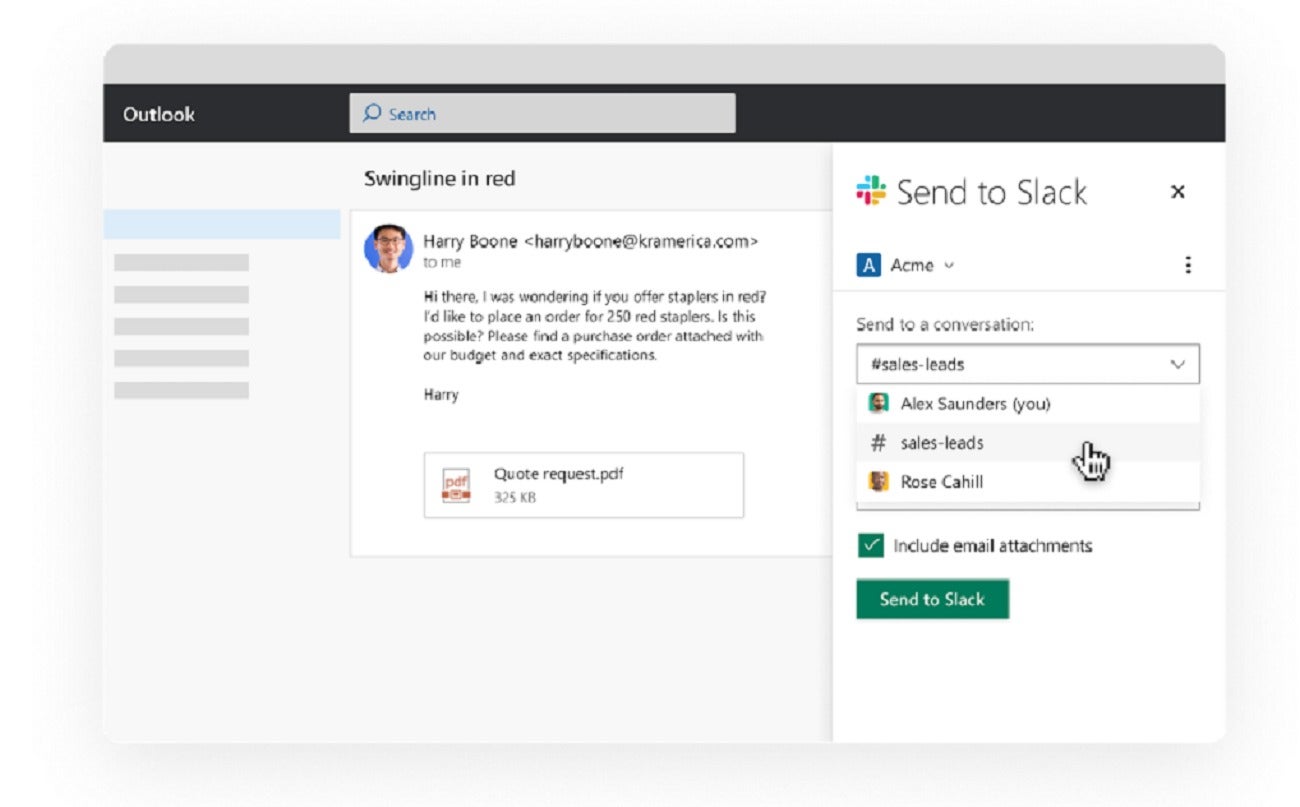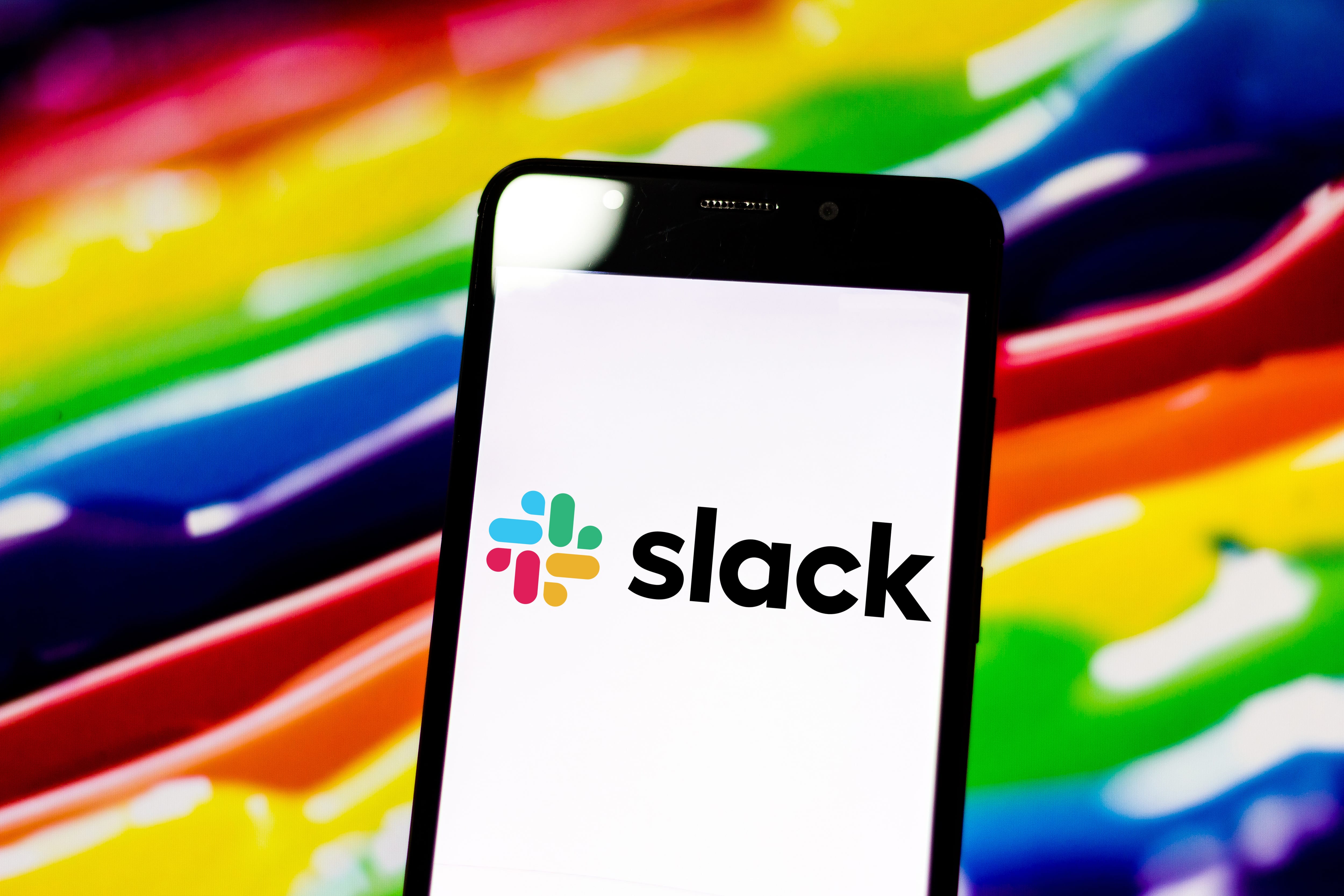

For them, workplace chat software has become just one more demand on their time.

People now have the problem of too many emails, too many meetings, and too many messages. “Productivity software should be something you use less than the thing you used before,” Sarah Lacy, founder of tech site Pando and Chairman Mom (a members-only community for working women) told Recode. “We’re just moving email to another place and it’s less searchable.” -Sarah Peck, founder and executive director of Startup PregnantĪlso, workplace software doesn’t seem to have supplanted the very thing it was supposed to fix: email. After a while, the software goes from helping you work to making it impossible to get work done. Keeping up with these conversations can seem like a full-time job. Power users sending out more than 1,000 messages per day are “not an exception.”
#WORK SLACK HOW TO#
On average, employees at large companies are each sending more than 200 Slack messages per week, according to Time Is Ltd., a productivity-analytics company that taps into workplace programs - including Slack, calendar apps, and the Office Suite - in order to give companies recommendations on how to be more productive. The addition of yet another communications tool can result in a surfeit of information. Much like the ubiquitous open-floor plan, this type of software is meant to get different parts of a company working together, to break down hierarchies, to spark chance interactions and innovations. That’s happened to an extent, but other problems have arisen.

McKinsey figured people would be able to more easily and quickly accomplish these task using new workplace software. “The average interaction worker spends an estimated 28 percent of the workweek managing email and nearly 20 percent looking for internal information or tracking down colleagues who can help with specific tasks,” according to the study.

These services are necessary for keeping companies running smoothly, as work increasingly moves remote and global and as “knowledge work” - professional, managerial, or technical occupations like a computer programmer or scientist or data journalist - proliferates.Ĭonsulting firm McKinsey said back in 2012 that workplace communications technologies have the potential to increase employee productivity by up to 25 percent. This type of workplace software is part of what’s currently a $3.5 billion global “team collaborative applications” market, according to research firm IDC, forecast to grow nearly 70 percent in the next three years. (Recode and Vox use Slack for story planning and news sharing as well as for posting pictures of our children and pets.) These services charge on a monthly, per-user basis and offer everything from video conferencing to workflow structuring to spaces for digital water-cooler gossip. And Facebook has entered the game, too, with Workplace, an attempt to get its 2.7 billion users to employ its products in more productive ways than sharing conspiracy theories. Google’s G Suite includes Gmail, Hangouts Chat and Meet, and Calendar as well as its cloud-based document-sharing programs. Teams comes as part of Microsoft’s pervasive Office offerings like Word and Excel. Slack is one of numerous types of workplace software that companies are using to facilitate collaboration and communication in an increasingly digital world. If wielded poorly, it can even make it worse. “Imagine what you’ll accomplish together.”īut an increasing emphasis on new technology to moderate our workdays isn’t necessarily making our work better or making us more productive. “Slack is where work happens,” reads the company’s website copy. Or, more often, a nonlinear argument is unfurling as everyone tries to get the last word in first, and chaos envelops the very system meant to keep you organized. Important news is breaking and everyone wants to know. It can mean a few things: A vibrant discussion is taking place in which you and your colleagues are excitedly collaborating around a central topic. If you’ve spent any time with Slack, you’ve likely seen this message float below the text field of your company’s communications software.


 0 kommentar(er)
0 kommentar(er)
